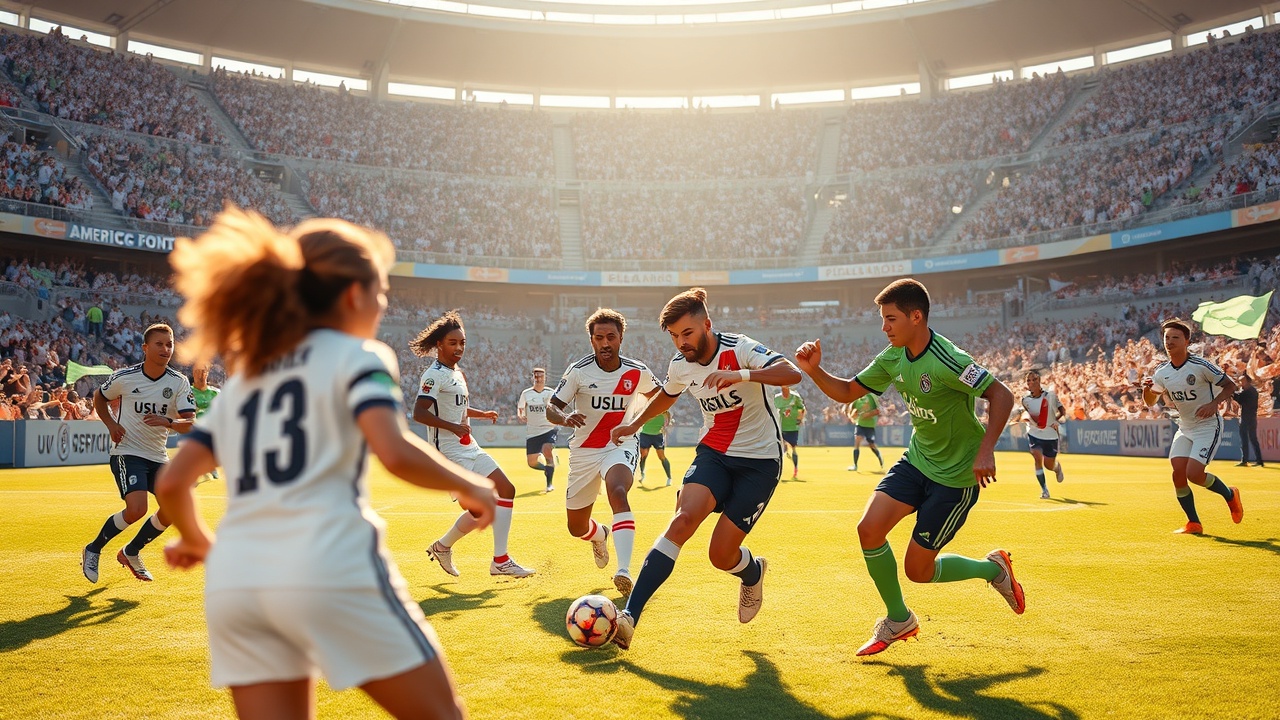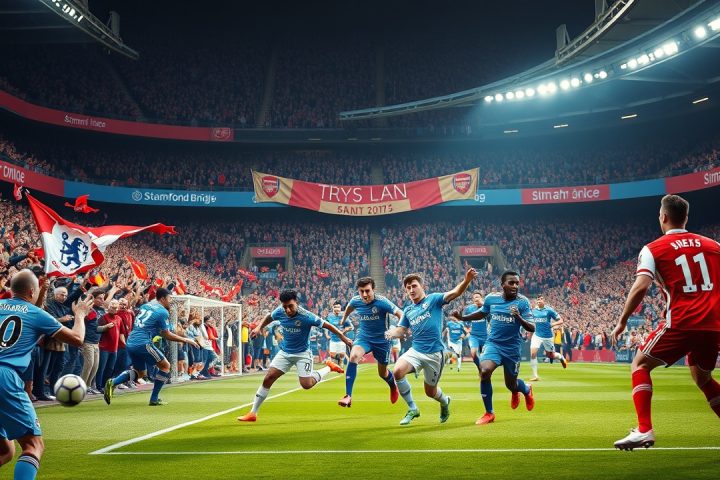Introduction to Promotion and Relegation in U.S. Soccer
For over three decades, a pivotal discussion within U.S. soccer has been centered around the adoption of a promotion and relegation (pro-rel) system akin to those prevalent globally. This system permits the strongest teams from lower divisions to ascend to higher leagues, while underperformers fall to inferior tiers. Despite the widespread success of pro-rel in other countries, Major League Soccer (MLS) has consistently dismissed the notion, a trend echoed by various professional soccer leagues that have emerged in the U.S. over the last fifty years. However, the landscape may soon shift dramatically.
USL’s Groundbreaking Announcement
In a groundbreaking announcement this past March, the United Soccer League (USL), which comprises three tiers, revealed its intention to implement a promotion and relegation framework by 2027 or 2028. This potential shift could dramatically transform the soccer experience in the United States. Matches toward the bottom of league standings may capture as much intrigue as those at the top and may usher in greater accountability for players, teams, and their management.
Financial Implications and Community Engagement
The introduction of a pro-rel system is fraught with uncertainty, particularly regarding financial implications for teams that might face relegation and subsequently diminish in valuation. Yet, for many, the attractiveness of a meritocratic system outweighs these concerns. Jose Bautista, a former MLB All-Star and current owner of the Las Vegas Lights in the USL Championship, expressed strong support for the initiative, highlighting its potential to enhance the quality of play and deliver increased community engagement.
“Better players and staff are on the horizon; we can’t turn down the positive impact it will have on our community,”
Bautista remarked.
The Structure of USL and MLS Response
The USL’s structure currently includes the USL Championship (the second-highest professional tier), the third-tier USL League One, and the amateur USL League Two. The proposed establishment of a Division I league within the USL presents a significant alternative for fans and players, challenging the status quo represented by MLS.
Acknowledging the USL’s aspirations, MLS responded through ESPN with optimism for soccer’s growth in North America, highlighting their own achievements with significant investments in world-class facilities and player development.
Potential Benefits of Promotion and Relegation
The introduction of pro-rel, if successful, would markedly differentiate the USL by providing teams with stakes beyond mere pride. USL CEO Paul McDonough shared concerns about the league’s previous lack of relevance, explaining how playing for crucial outcomes can ignite fan enthusiasm and increase financial returns.
A study by the consulting firm Twenty First Group indicated that pro-rel could boost matchday revenues by 15% to 30%, with results varying based on a club’s placement and preparedness to exploit new opportunities. Thus, encouraging investment at various tier levels could drive broader financial growth.
Challenges and Market Viability
While recent meetings among USL owners have sparked renewed discussions about pro-rel, earlier presentations reportedly failed to convince all parties. Discussions reignited following Rhode Island FC owner Brett Johnson‘s compelling pitch on the system’s advantages, culminating in the USL’s commitment to proceed this year. Johnson, deeply invested in the soccer landscape and owner of English club Ipswich Town, sees the USL’s journey toward adopting pro-rel as a necessary step forward for the league.
McDonough noted that there has been a marked increase in business interest following the pro-rel announcement. For instance, one ownership group reported a potential investor willing to dramatically increase their financial commitment, swayed by the exciting possibility of advancing up the USL’s hierarchy. With USL franchises considerably less expensive compared to an MLS franchise, which can cost up to $500 million, the USL Championship’s $20 million entry fee and $5 million for League One present a viable option for aspiring club owners.
Future Prospects and Conclusion
Building sleek new stadiums, introducing pro-rel, and developing impressive player rosters all promise the foundation of a burgeoning soccer league that offers affordable opportunities relative to MLS and the NWSL. As the USL forges ahead with plans to establish a Division I league, significant questions remain concerning the implementation of pro-rel. The practical ramifications of this transition hinge on fan engagement and willingness to support the league. Observers note that initial excitement must translate into sustained interest—an outcome yet to be determined.
Industry specialists have cautioned that while the current wave of enthusiasm around pro-rel is palpable, many logistical hurdles persist. How it will impact ticket sales, sponsorship deals, and media rights remains unclear. Furthermore, owners harbor concerns over how to finance elevating their level of competitiveness in tandem with revenue generation, particularly for relegated teams.
As the USL considers how to fill a new Division I league, both market viability and ownership quality are paramount. A cautious approach is advisable, taking into account previous challenges with unviable ownership. The league possesses a promising window over the next two to three years, especially with the upcoming 2026 FIFA World Cup expected to boost soccer interest in the U.S.




